- Homepage
- Caring for the temple
- Frailty and Vitamin B6
Frailty and vitamin B6
Frailty and vitamin B6 are strongly linked; it is called pyridoxine. In theory we should be getting plenty from our food but there are numerous forms, each presumed to have a specific and different function.
If we are not enjoying many diverse foods then we are likely to become deficient in one or other of these forms.
Frailty is but one of many consequences.
In fact, blood-levels in over half of Americans are below optimum with devastating repercussions.
Vitamin B6 is required for over one hundred different enzymatic reactions in the body, many to do with energy production in the muscles; it could be why you no longer feel wide eyed and bushy-tailed.
Frailty and vitamin B6
A deficiency affects many parts of the body and mind; that limitation of energy-production in muscles causes slowness of movement, as is synthesis of many vital neurotransmitters like serotonin and dopamine.
Frailty is linked not only to pyridoxine, but also to three other vitamins. Unintentional weight-loss is another possible consequence.
Yet getting an adequate supply of these four-vitamins is not inherently difficult if we are enjoying a wide range of fresh unprocessed foods.
B6-rich foods
Dairy products. 1 cup of milk = 5% of RDA
Salmon and tuna
1 Potato = 10% of RDA
1 Sweet potato = 15% of RDA
1 Egg = 5% of RDA
Chickpeas 1 cup = 10% RDA
All legumes
Spinach - 1 cup cooked = 30% RDA
1/2 Avocado = 13% of RDA
Bran of wholewheat
The material expressed on this page is gleaned from the nutritional and environmental literature; it is clearly referenced. A plain distinction is made between the author's opinion and that which is scientifically proven. When in doubt consult your health professional.
To suggest a correction or clarification, write to Dr Bernard Preston here. Contact.
Folk living in the Blue Zones of the world eat from a diverse range of foods. They enjoy dairy and fresh-fish, and wholegrain sourdough bread. Yet their diet is low in red meat and rich in fresh vegetables and fruit that they grow themselves.
Old-age homes do not exist and frailty doesn't start until ninety. Ten times as many people live one hundred years.
Pyridoxine and frailty
Look to prevent the premature, early arrival of weakness and loss of vitality; eat plenty of these foods, and especially the dark-green leafy vegetables to avoid frailty and vitamin B6.
Newsletter
Our newsletter is entitled "create a cyan zone" at your home, preserving both yourself and Mother Earth for future generations; and the family too, of course. We promise not to spam you with daily emails promoting various products. You may get an occasional nudge to buy one of my books.
Here are the back issues.
- Lifestyle and ideal body weight
- What are ultra-processed foods?
- Investing in long-term health
- Diseases from plastic exposure
- Intensive lifestyle management for obesity has limited value
- A world largely devoid of Parkinson's Disease
- The impact of friendly bacteria in the tum on the prevention of cancer
- There's a hole in the bucket
- Everyone is talking about weight loss drugs
- Pull the sweet tooth
- If you suffer from heartburn plant a susu
- Refined maize meal and stunting
- Should agriculture and industry get priority for water and electricity?
- Nature is calling
- Mill your own flour
- Bake your own sourdough bread
- Microplastics from our water
- Alternative types of water storage
- Wear your clothes out
- Comfort foods
- Create a bee-friendly environment
- Go to bed slightly hungry
- Keep bees
- Blue zone folk are religious
- Reduce plastic waste
- Family is important
- What can go in compost?
- Grow broad beans for longevity
- Harvest and store sunshine
- Blue zone exercise
- Harvest and store your rainwater
- Create a cyan zone at your home
Frailty - rate your self
- 1 point - very poor
- 10 points - very good
- Sliding scale - maximum 50 points.
- If three or more are below a five, then it is time to take this very seriously.
Above 40: excellent
Above 30: fair
Below 30: time for action
- Weak hands
- Loss of energy
- Low physical activity
- Slowness of movement
- Unintentional weight loss
Vitamin B6: Pyridoxine
Controversy:
- Most people are seemingly getting enough on evaluating their diets.
- Yet 50% of Americans have low blood-levels.
RDA: 1.5 - 2.0 mg.
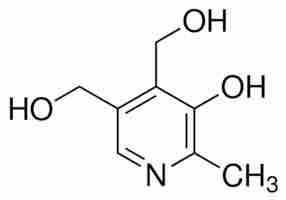
Vitamin B6 comes in many different forms. One of the OH-ions can be replaced with a sugar, an aldehyde or an amine. They are found in various foods and have diverse functions.
- Pyridoxine
- The glucoside
- The aldehyde
- The amine
Each form can be phosphorylated or not, giving many different structures, all of which are needed from our food.
The only way to be sure we are getting sufficient vitamin B6, in its many forms is to be certain we are eating from a wide-range of foods that are known to contain one or more of the derivatives of pyridoxine.
Supplements never have them all.
Functions of vitamin B6
- Vitamin B6 is required for over a hundred enzymatic reactions in the body. A deficiency of one or more forms will have devastating consequences for our well-being.
- It is used to make amino-acids, the building blocks of our protein.
- B6 is essential for the nucleic acids of our DNA, for example.
- It is needed to make both carbohydrate and fatty acids; it is required for glycogen metabolism in our muscles.
- Many hormones and neurotransmitters like serotonin and dopamine require vitamin B6 for their synthesis in the body; essential to prevent Parkinson's Disease.
- Red blood cells require it otherwise we become anaemic.
- Peripheral neuropathies causing tingling and numbness in the feet, for example, are caused in part by a deficiency of one of the forms of pyridoxine[1].
In short it is involved in almost every part of the body. As it is water-soluble, vitamin B6 must be eaten daily whether we enjoy those foods or not. The alternative is frailty in one of its many forms.
Salmon
- 50g contains 35% of the RDA.
- It is also a rich source of vitamin D and omega-3 fatty acids.
Smoked salmon dip
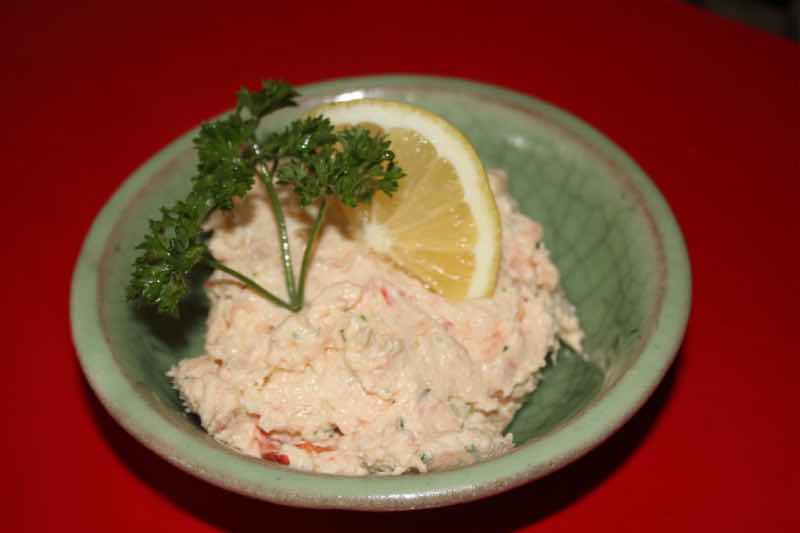 Salmon is a rich source of pyridoxine
Salmon is a rich source of pyridoxineThis smoked salmon-dip can be whipped together literally in five minutes or less. Just toss the ingredients into a bowl and blend the mixture until it reaches the consistency you enjoy; add more olive oil if you like.
Do not add any extra salt; there is plenty in the feta cheese.
It must be acknowledged that we should limit smoked foods at our tables; and it is frankly difficult to obtain salmon with any confidence that is not from a fish-farm.
Ingredients of a smoke salmon dip
- 100g smoked salmon
- A chunk of feta cheese
- Slice of lemon
- Parsley
- Half a peppadew
- Stick of celery
- Garlic
- Olive oil
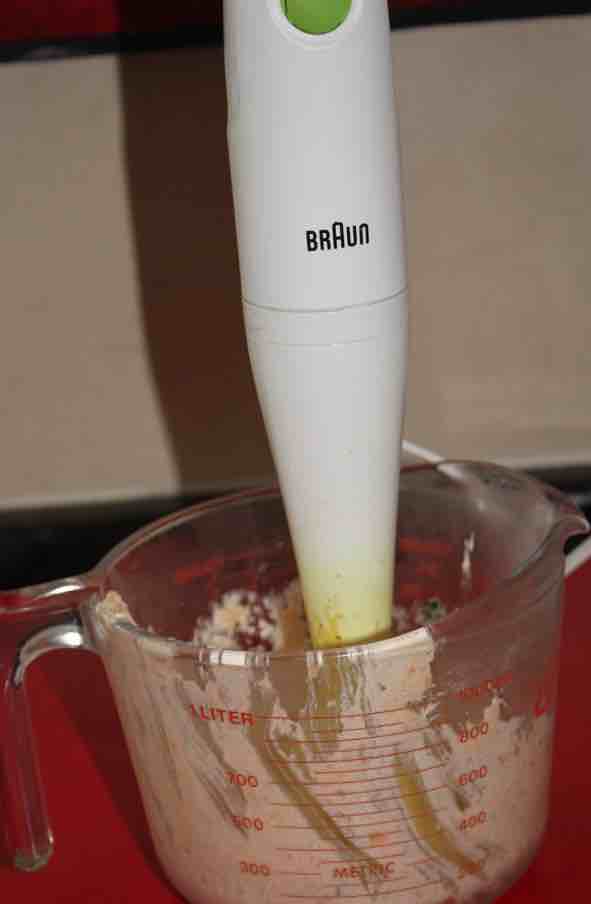
Braised new potatoes
New potatoes, freshly dug from the ground have a much smaller effect on blood-glucose; and taste so much better.

One cup of braised new potatoes contains a massive 35-percent of the RDA.
New potatoes are harvested before the plant has completely died back. Running a thumb-nail over the skin scrapes it off with ease; there is no need to peel them.
Commercially grown potatoes are sprayed with a toxic herbicide just before harvesting. Most come from cold-storage.
Butternut soup
Both the sweet-potatoes and the butternut in this soup are rich in vitamin B6.
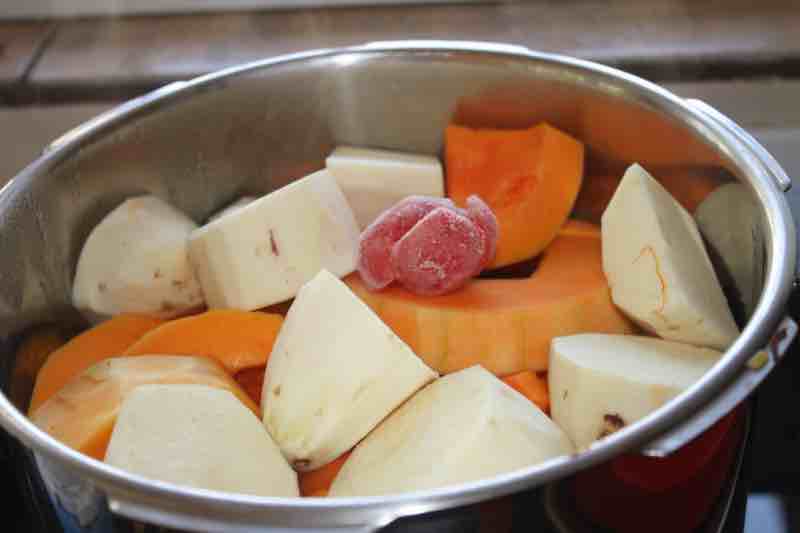
This easy butternut squash soup recipe needs only fifteen-minutes in a pressure cooker. Add your favourite herbs and spices.
Eggs Florentine
Eggs Florentine is an old favourite; it can be enjoyed at any meal. It
is a veritable treasure-chest of nutrients, and can be prepared in a
jiffy. Spinach is one of the richest sources of vitamin B6.
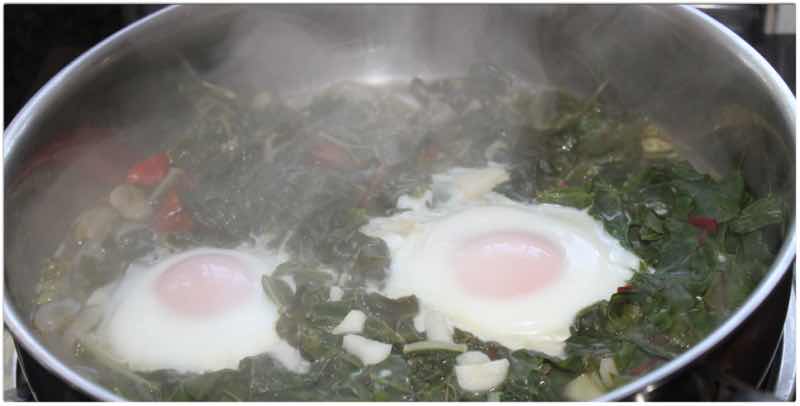
1 egg plus one-third of a cup of cooked spinach contains 15 percent of the RDA of vitamin B6.
Avocado and hummus
Half an avocado contains 13-percent of the RDA of vitamin B6; the hummus adds yet more.
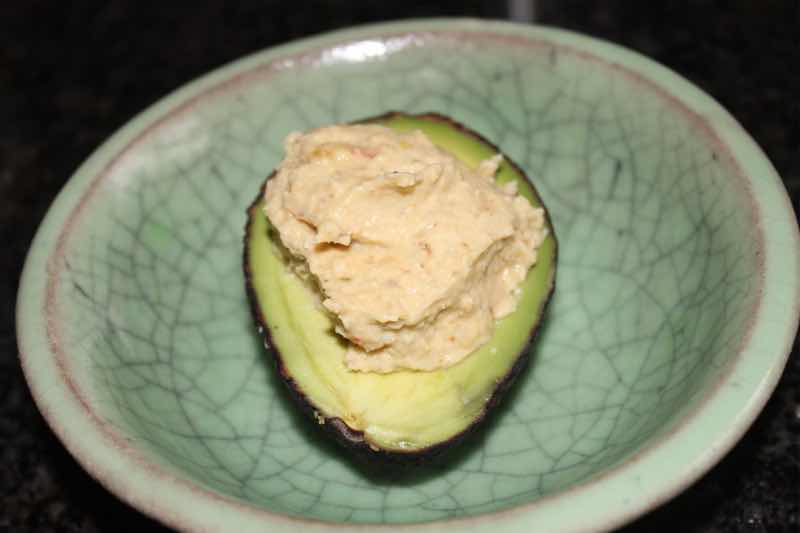
100-percent wholemeal
There is a tenth of the RDA for vitamin B6 in 100-percent wholemeal flour; it is found mainly in the bran.
Refined wholemeal however has had much of the bran removed; and protein causing stunting of children.
One slice of real-bread, as it is being called, contains 4 percent of the RDA.
If one is serious about baking-bread, it is worth purchasing a mill and grinding your own flour; then all the bran and germ are intact, and the fats have not begun to oxidise.
See our newsletter below entitled mill your own flour.
Surely you can see the obvious difference between the three below. The top is from our mill, the middle is a popular wholegrain used widely in baking in South Africa and that at the bottom is cake-flour; the latter has zero pyridoxine.
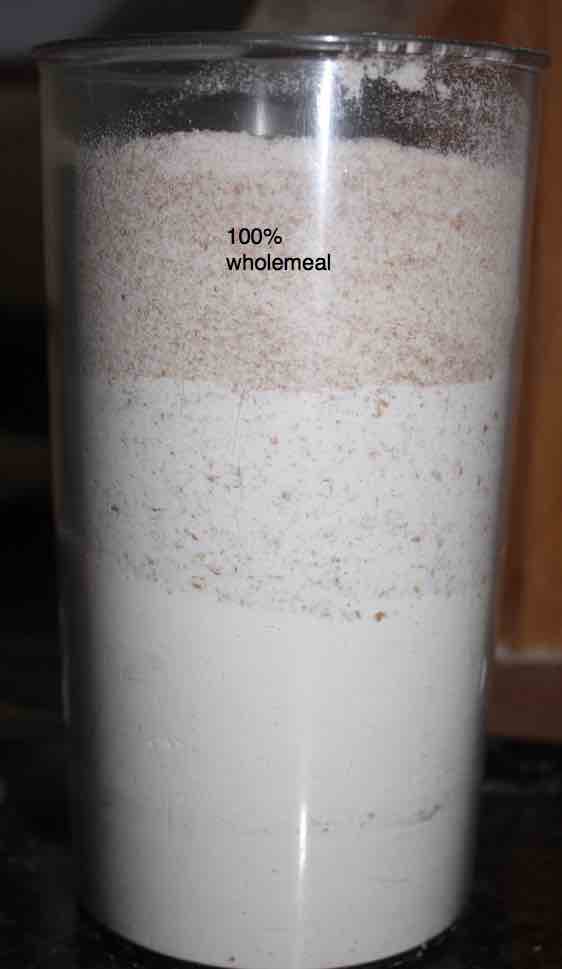
Hummus
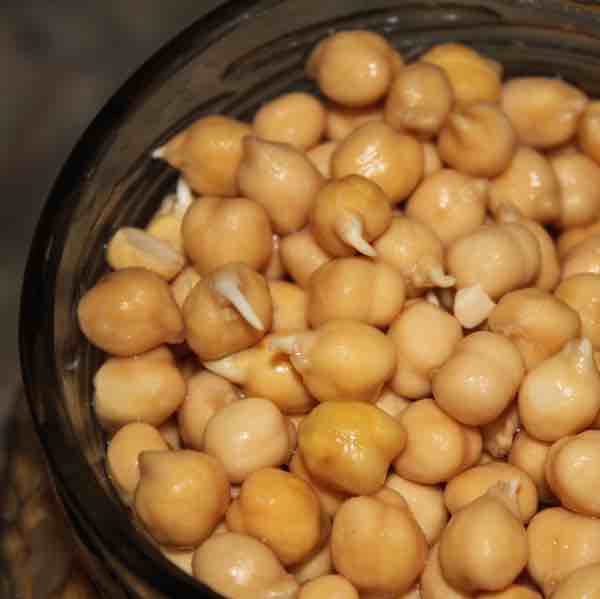
Hummus is made from chickpeas, cumin and tahini. Other ingredients would often include a slither of a hot pepper, lemon and parsley.
“We found that higher protein intake was associated with a 30-percent lower risk of losing functional integrity with time; it clearly demonstrates the potential importance of a higher protein diet.”
- Prof Paul Jacques
Professor Jacques continues by stating that "inflammaging," the low grade chronic inflammation often associated with old age where everything aches, calls for increased protein.
The problem being that many proteins are pro-inflammatory.
Their research found that elderly folk who ate the least amount of protein were twice as likely to have high inflammation scores as those who ate the most.
Overdosing with B6 supplements
There is great concern amongst nutritional scientists about reports of sensory neuropathies such as numbness in the feet being reported from chronic high dose pyridoxine use[2].
As always let your food be your medicine.
Frailty and vitamin B6
Frailty and vitamin B6 means that prevention is still better than a cure; this subject is just as much for the young as the elderly. A deficiency of pyridoxine has many serious consequences; researchers state that it is best from your food, rather than from supplements.
When browsing use right click and "Open Link in New Tab" or you may get a bad gateway signal.
Did you find this page interesting? How about forwarding it to a friendly book or food junkie? Better still, a social media tick would help.
- Homepage
- Caring for the temple
- Frailty and Vitamin B6
Address:
56 Groenekloof Rd,
Hilton, KZN
South Africa
Website:
https://www.bernard-preston.com